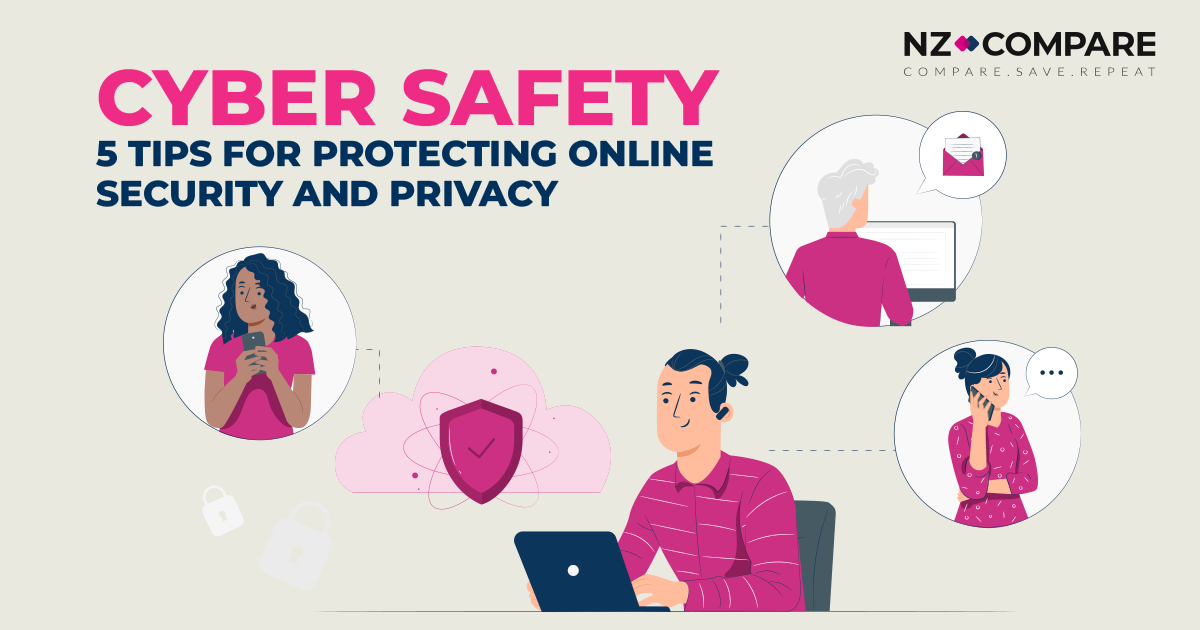
Cyber safety is an important part of using the internet responsibly. All of us have a part to play in making sure we are safe while exploring the web, working remotely, streaming, and shopping online.
There are several things that you can do to ensure your online experience remains safe and that you avoid malicious acts such as cyberbullying, hackers, and the dark web.
In honour of Pink Shirt Day, we wanted to highlight our top 5 tips for protecting online security and privacy. Pink Shirt Day is an annual day held in Aotearoa to combat bullying. This day is designed to help spread awareness and celebrate diversity, kindness and inclusiveness.
Strong passwords can be harder for hackers to decipher. Create passwords with numbers and symbols. You could consider using a password generator system such as LastPass, which generates complex passwords and stores them in an encrypted vault so hackers cannot easily access them. Be sure to change your passwords often.
Be sure to set up biometric security measures on your phone so that if someone picks up your phone, they can’t easily unlock it. Biometric security measures include your fingerprint and your face recognition.
Be sure to read the terms and conditions of new apps and websites. You don’t want to accidentally agree to have your personal information taken! Be aware of scams and dodgy websites that are asking for your personal information and banking details.
Be careful about trusting public wifi. If you are needing to work at the cafe, or stream at the airport, make sure you are using a VPN. Public wifi can pose nasty risks to your security, as they are busy networks that hackers can infiltrate, and steal your personal information. The VPN will hide the data being transmitted to and from your device, so that the hacker cannot pick it up and your identity remains private.
Multi-factor authentication is a method of security that asks users to provide two or more verification methods to access online accounts. Types of multiple authentication can be asking for an extra password, answering a personal security question, or providing biometric verification such as a fingerprint or voice recognition.
Further Reading:
Cyberbullying: Things to Look Out For